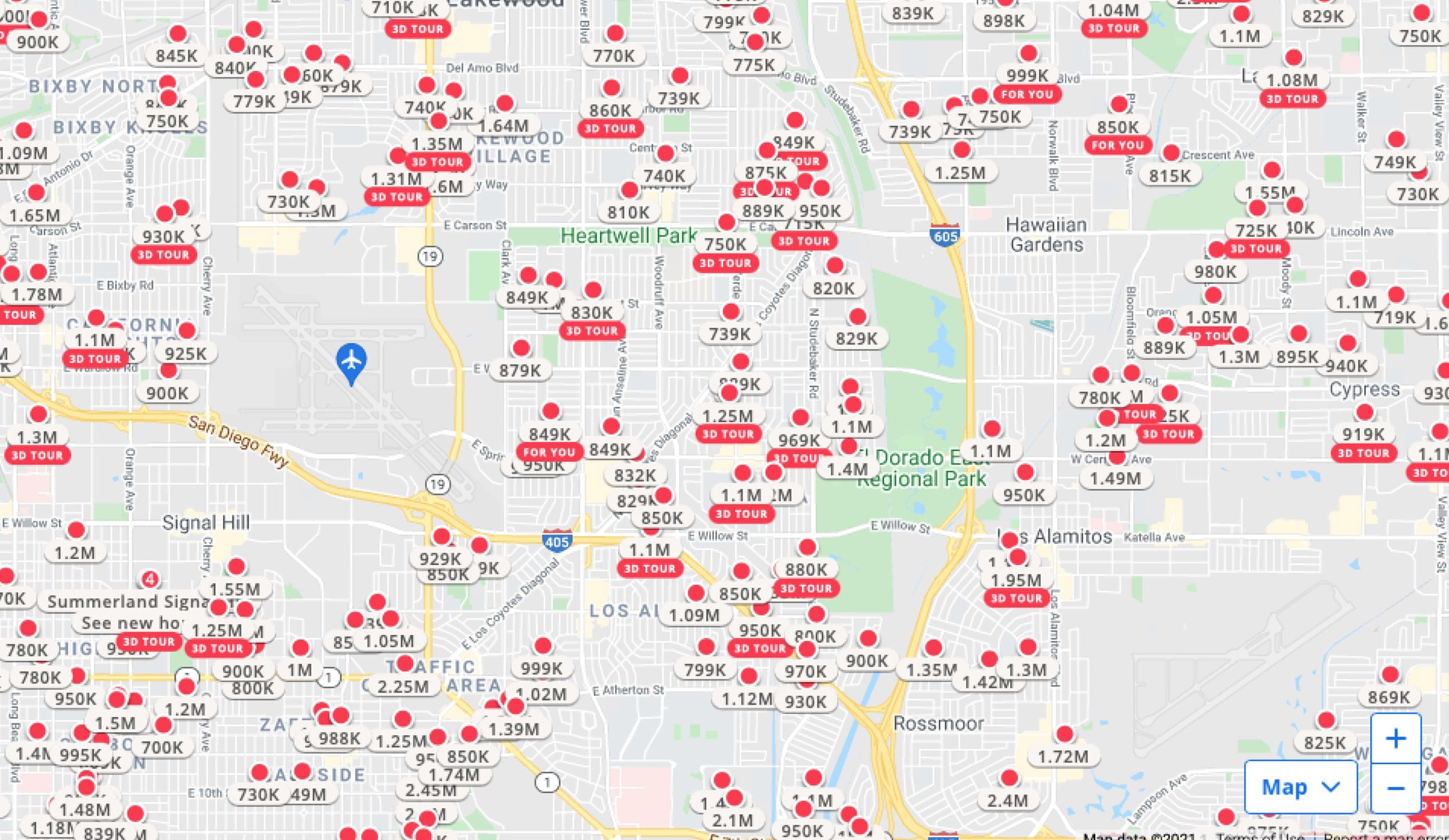What is the Housing Element?
and why we need it!
But what can we do about it?
This problem is not going anywhere.
The State and the County are making policies that will help us build and keep the housing we need. The Housing Element is where we commit to these solutions, and it’s about to get updated.
Let’s imagine two possible futures for this neighborhood
and these neighbors
Nick, a line cook at one of the nearby restaurants, has been unable to find affordable housing in his community and has been living out of his car.
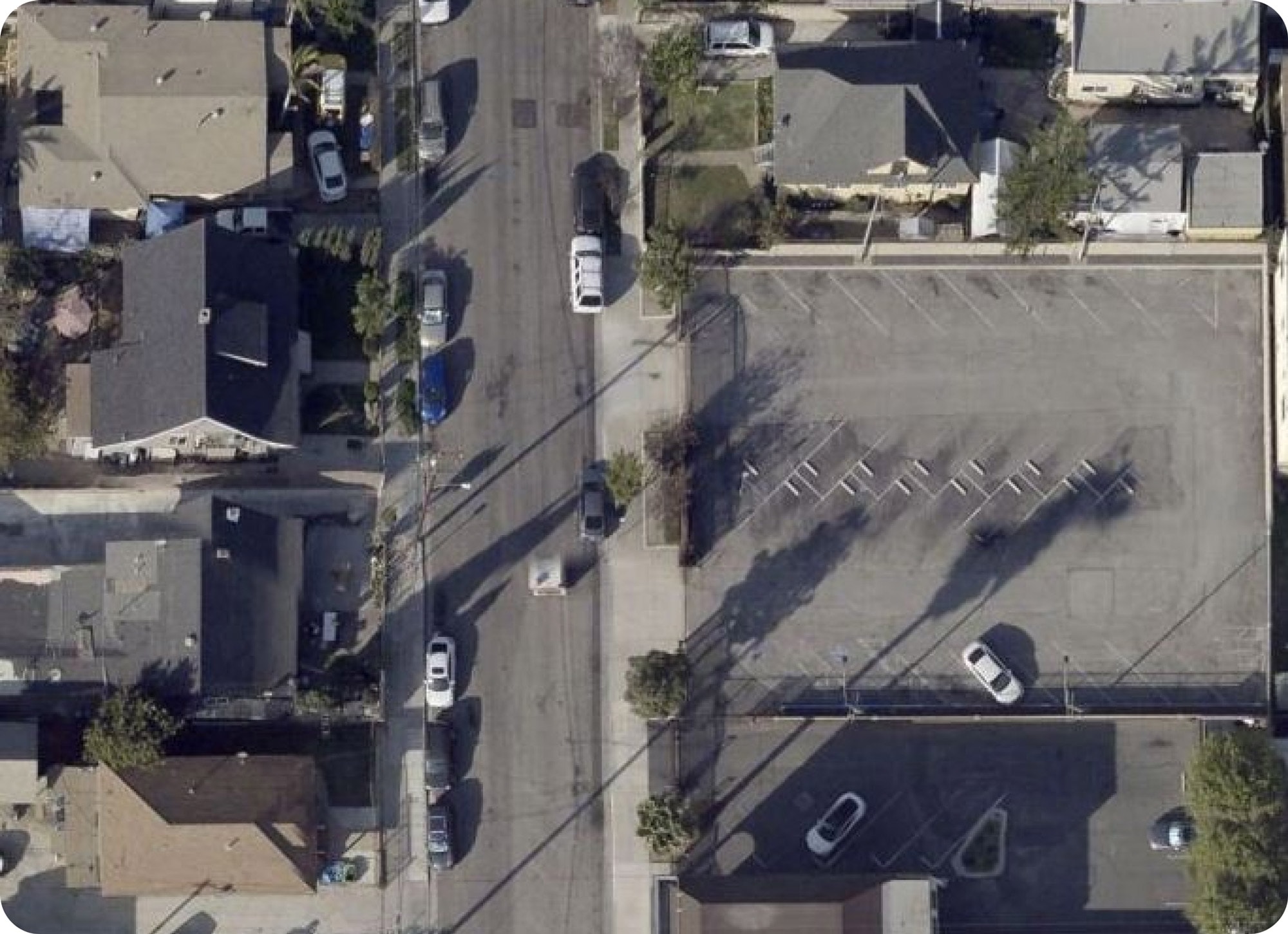

The County ground-leased the parking lot to a non-profit developer who specializes in special needs affordable housing. They built 100% affordable apartment building that will serve a mix of formerly homeless individuals and low-income families.
Based on his income and living situation, he finds out that he qualifies to live in the building and is thrilled.
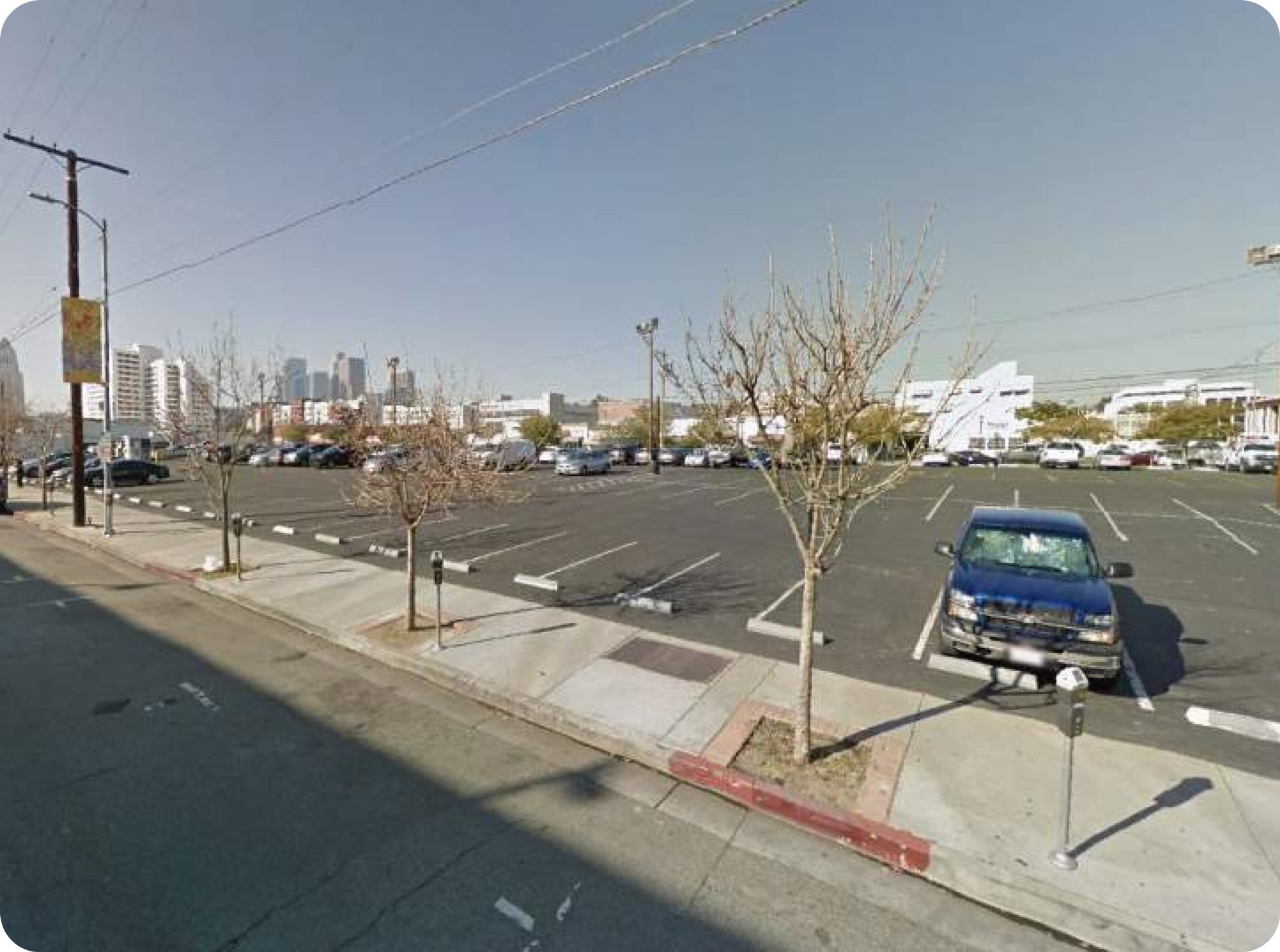
The County still maintains the parking lot but because it was seldom used, a safe-parking program was created and Nick is glad to have a safer place to park his car at night even if he has to be out early each morning.
One day his car won't start and he won't have the cash for repairs for another week. Nick watches as his car is towed from the lot and impounded. Nick loses his place to stay, his clothes and the few possessions he had in his car. After a couple of weeks living on the streets, Nick has a tough time being presentable at work. He loses his job.
Susan and Lee have lived in their neighborhood for over 25 years. Looking to retire in the next 5-10 years, they know that money will be tight. They want to stay in their community and keep their home to have room to host their children and grandchildren for visits and holidays.

They live in a 3-BR single-family home on an acre lot, a mile from the main job center. It was built in the 1970s.

They saved up to build a small two-bedroom ADU in their backyard for steady rental income. They now rent the ADU to Jade, a recent college graduate, who works as an elementary school teacher.
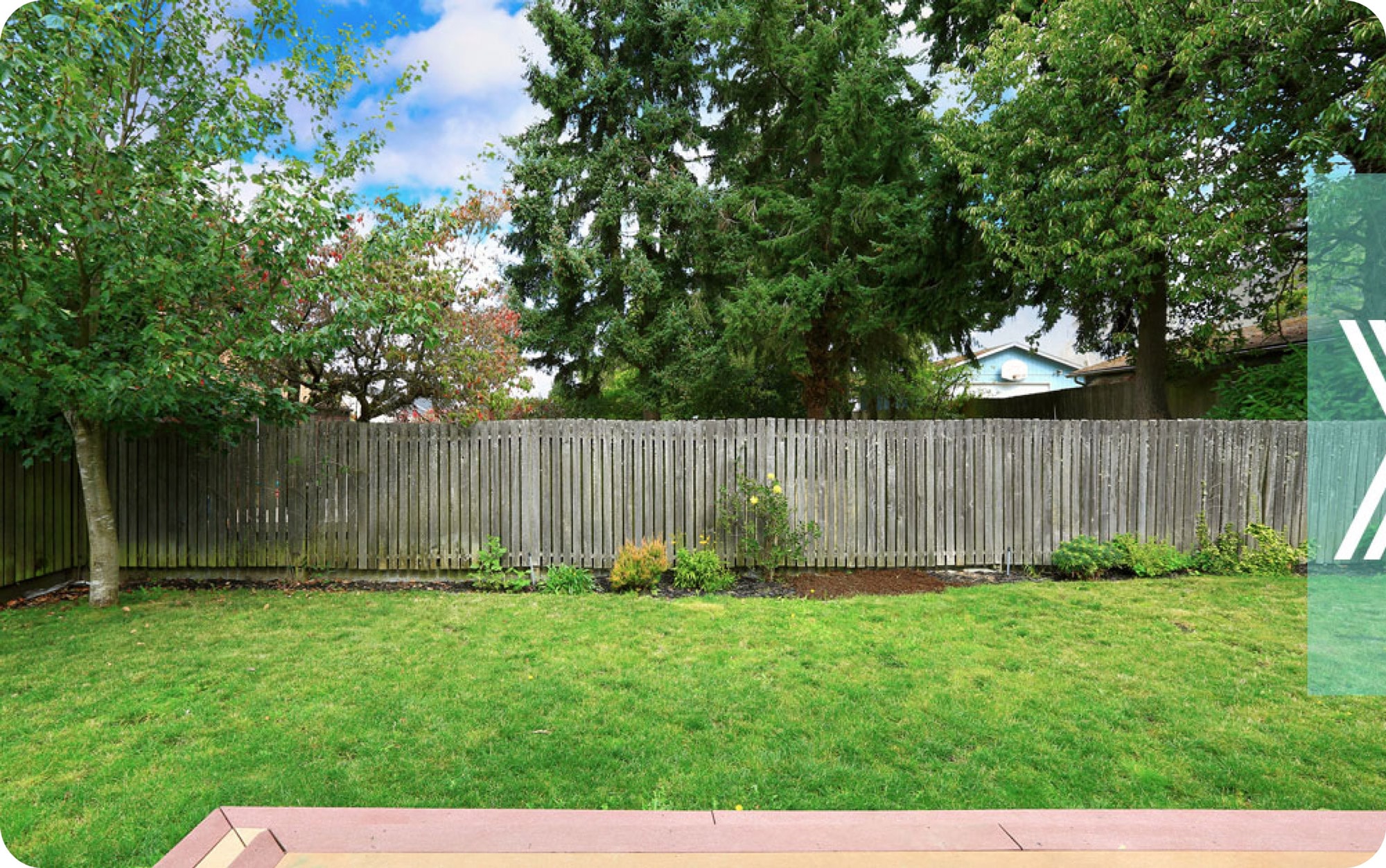
Unable to afford their expenses, the newly retired couple are forced to sell their home. Susan and Mike have to move two hours east to purchase a small condo in an unfamiliar city, leaving their friends and family. Meanwhile, Jade cannot find affordable rental housing and decides to apply for teaching jobs out of state.
Maria is a single mother of three young children who works as a residential care assistant at a senior assisted living facility.
Maria and her children have been living in a one-bedroom apartment. She is worried that she will not be able to afford the apartment if the rent continues to increase and wants to stay in her neighborhood so that her children can continue to attend the same school.
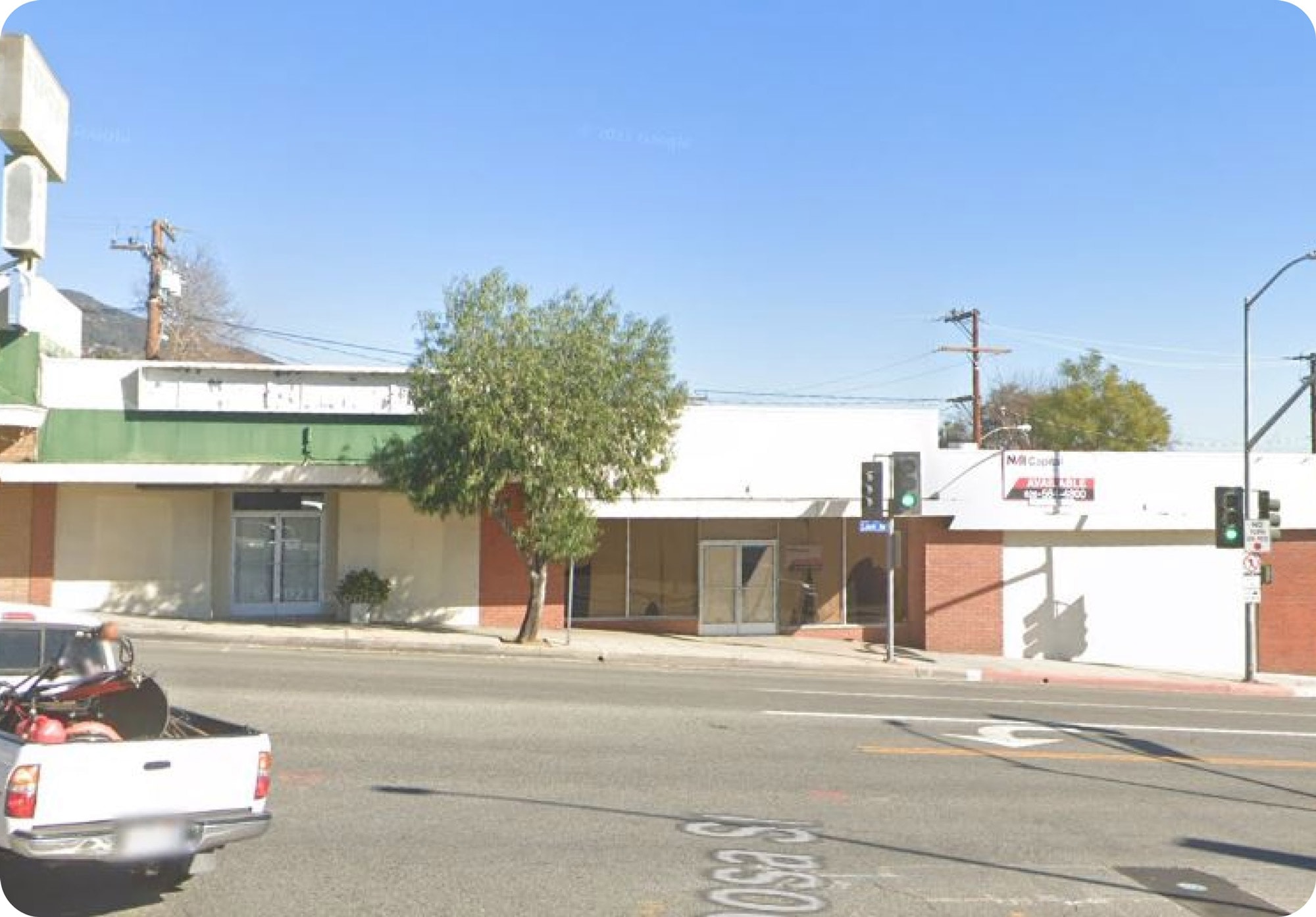
A vacant commercial office building that was rezoned for residential uses.

A real estate developer rehabs the office building into a project that includes ground floor retail for small shops, with 70 apartments above. The site is subject to the County’s Inclusionary Housing Ordinance which means that the developer must rent some units at below market-rate rents. He decides to set-aside 15% of the units as affordable. He will rent 11 apartments to households who earn 30-50% of the area median income (AMI). A family of four who makes <$59,100/year will qualify.
Based on Maria’s income, she qualifies for a 3-BR apartment in the new affordable housing development.

A developer builds a mixed-use project with shops on the ground floor and apartments above. He capitalizes on the high home prices in the area and sets rents to $2,500/month for a 1-BR unit. All of the incoming tenants earn upwards of $90,000/year to afford their rent. 80% of the tenants that move in come from outside of the community.
Maria’s landlord raises her rent at the end of the year and she can’t afford it. The closest apartment she can afford is 50 miles from her job and her children have to switch schools in the middle of the school year.
Tomi and Rod are both retired and turning 80 this year. They are looking to move out of their 2-story home in the suburbs to be walking distance to a grocery store and health services.
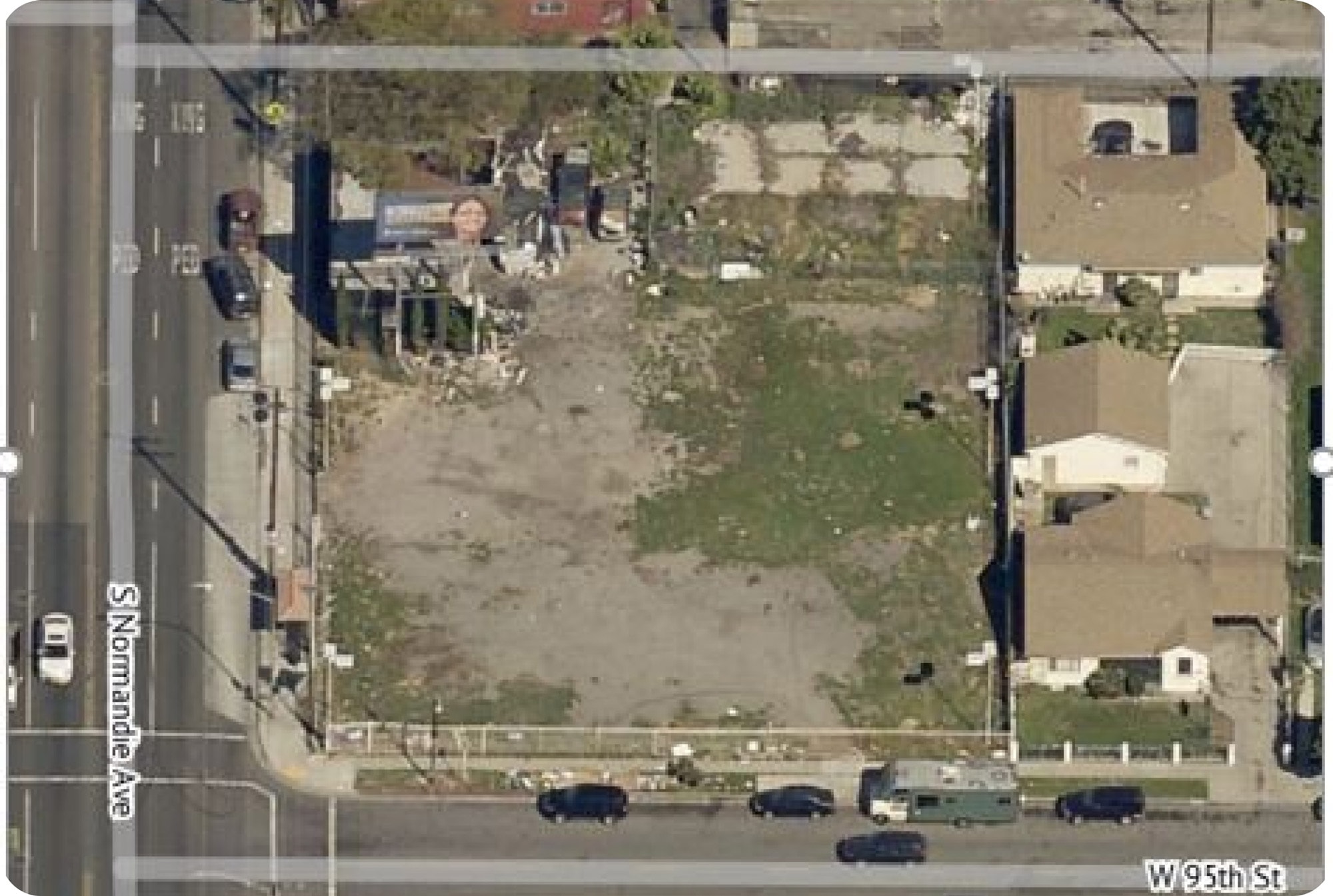
A vacant lot right off of a main Street, close to shops and amenities.
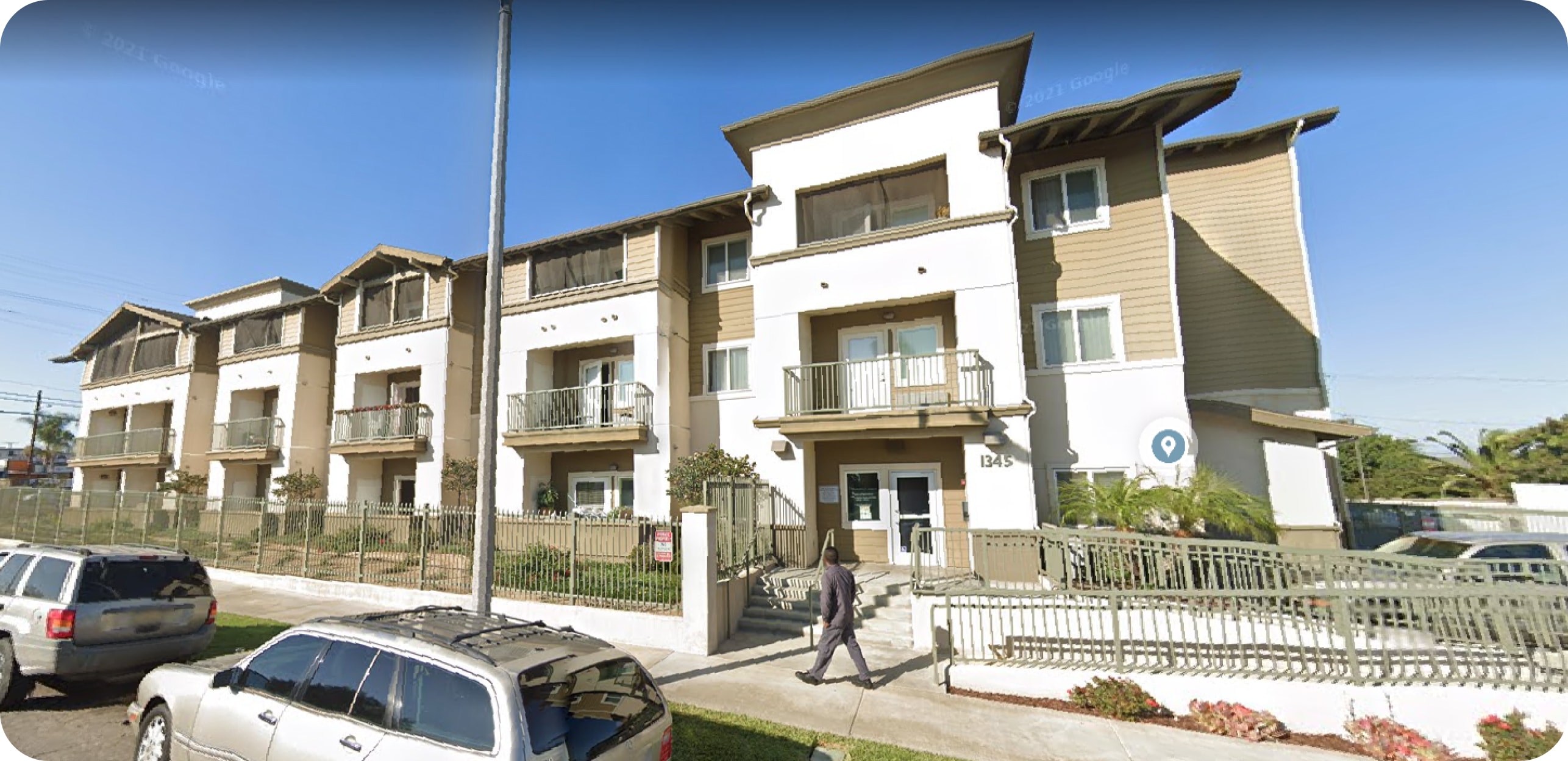
An affordable housing developer recently completed a new senior apartment complex right off of Main Street, close to shops and amenities. The development includes some in-house services for its senior tenants. Tomi and Rod are excited to know that they will be able to stay in their community and can easily access necessary amenities like a pharmacy and grocery store.
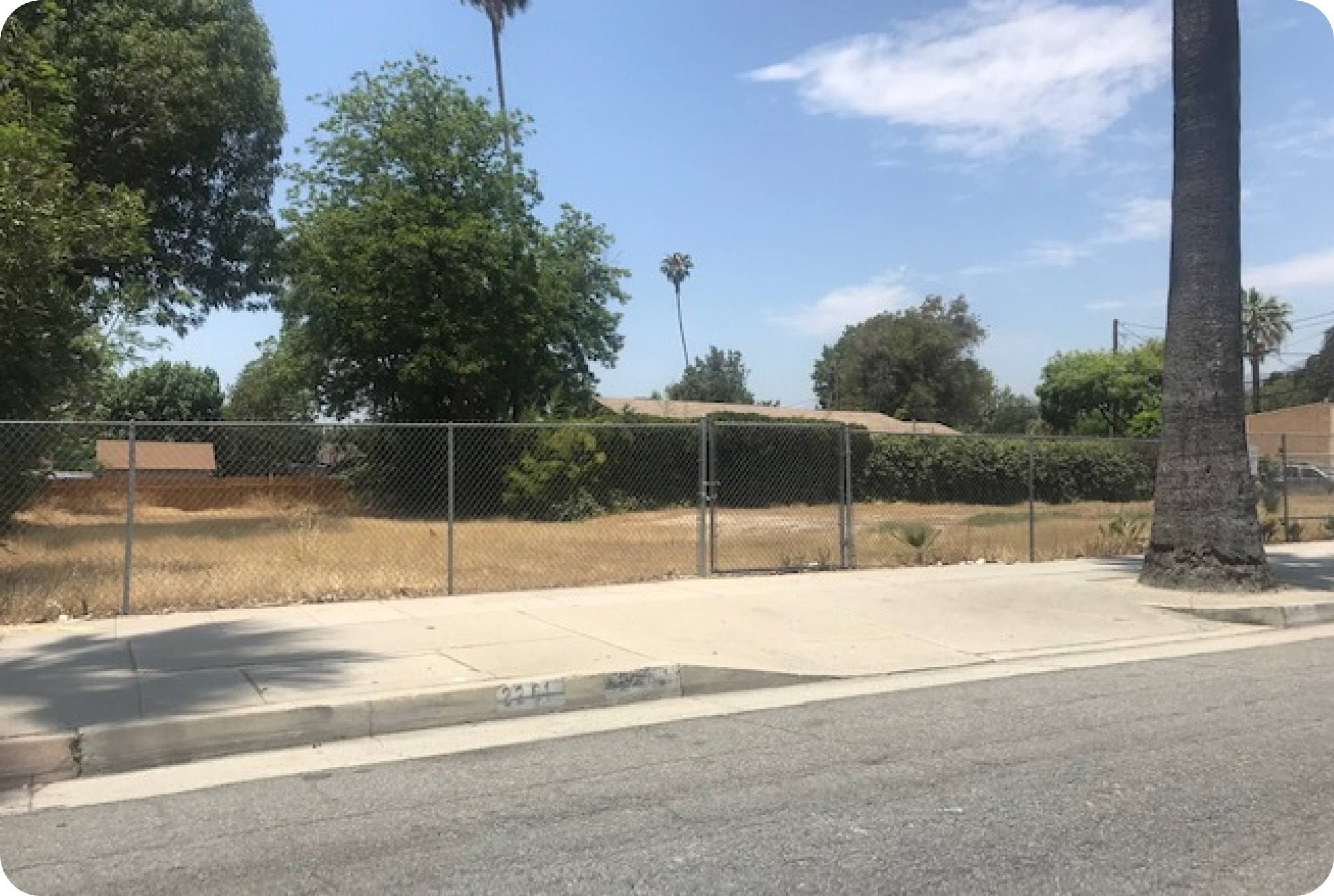
After a thorough search, they find that there is not enough affordable housing for seniors and are forced to move further from amenities in order to downsize. The vacant lot gets developed with a single-family home owned by an out-of-state developer who advertises it for rent for more than anyone local can afford.
Gia and Alex got married last year and want to move back to Gia’s old neighborhood to start a family. Even with their stable careers, they are unable to afford a home in the neighborhood because there aren’t many houses available, and the median home price has grown to $600,000.

A 1-bedroom house on a major street. This home has been vacant for more than twenty years and is rumored to be held as a yearly tax write-off for the owner who lives in Beverly Hills.

The County has rezoned some areas to allow for 2, 3, and 4 family housing. Tony, a local developer, purchased a dilapidated single-family home and develops the property into 4 compact homes. Because Tony was able to build 4 homes on a lot, he is able to sell each home for significantly less than the median home price. Gia and Alex are able to utilize the County’s Home Ownership Program for first-time homebuyers to buy one of the compact homes for $400,000. The compact homes are well-designed and are great additions to the neighborhood.

The house is still vacant and is broken into at least twice a year. The high home prices prevent them from living close to Gia’s family. Gia and Alex are worried that they will not be able to find a home in a good school district for their children so they move out of state.
But how does the
Housing Element work?
The Housing Element includes
- An assessment of existing and future housing needs
- And a roadmap for how we will meet them through goals, policies, and implementation programs.
Every City and County has to do their part
The Housing Element represents the County's commitment to ensure that we build the housing that we need.
Every 8 years, the State and Southern California Association of Governments (SCAG) determine how much new housing the region needs based on population data. This process is called the Regional Housing Needs Assessment (RHNA).
Each incorporated city, and county (for unincorporated areas) is allocated a number of units that need to be built over the next 8 years in order to meet future housing needs. This RHNA cycle (2021-2029), the County has to make sure there are enough places available to build to build 90,052 new housing units in the unincorporated areas of Los Angeles County.
Each City and Incorporated Area in California is mandated by State law to accommodate more units of housing according to something called a RHNA number.
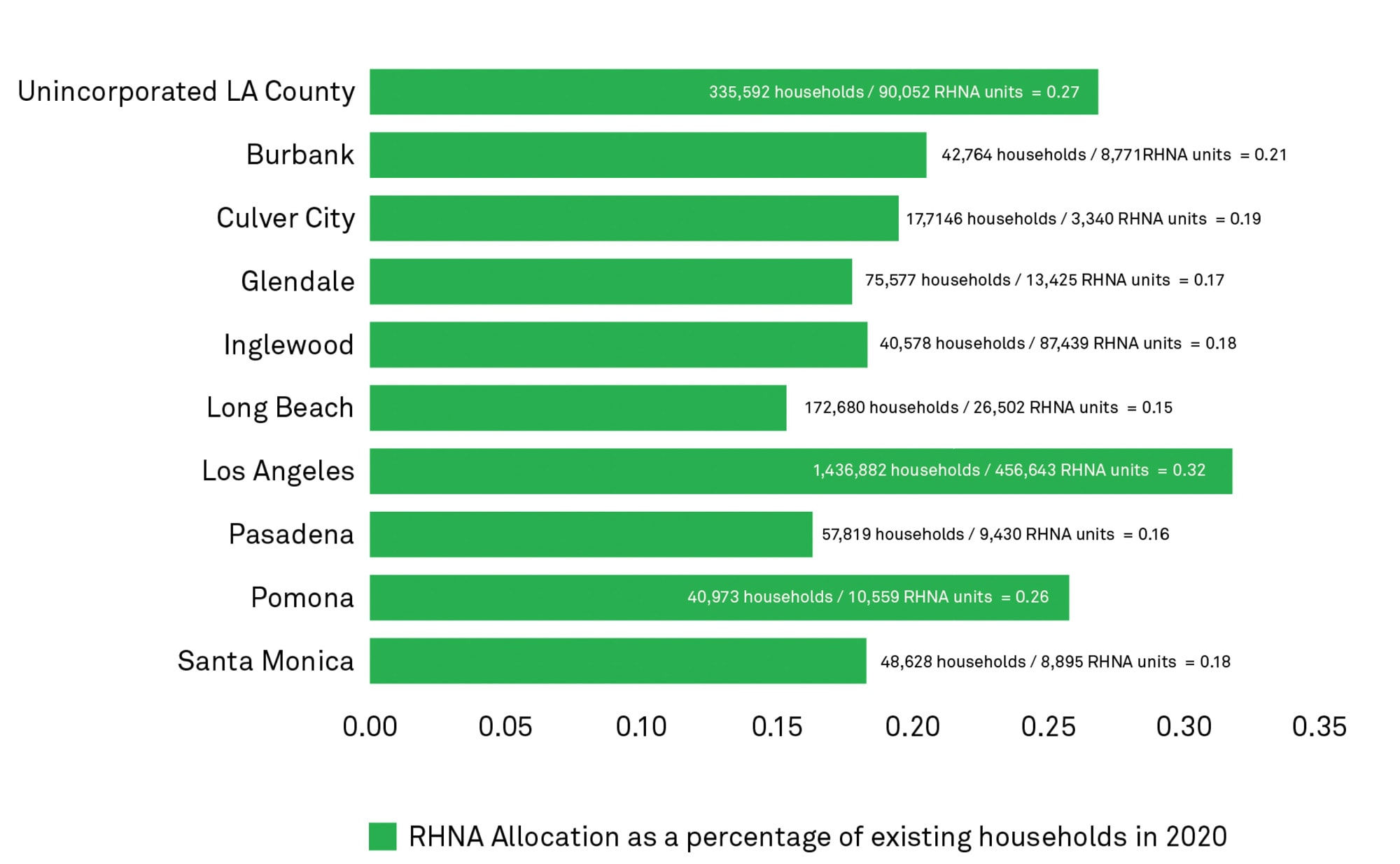
The County doesn’t build the housing but it makes the rules and pays for (some of) it.
The government doesn’t really build housing right now. (though they used to, and in a lot of places, they still do!).*
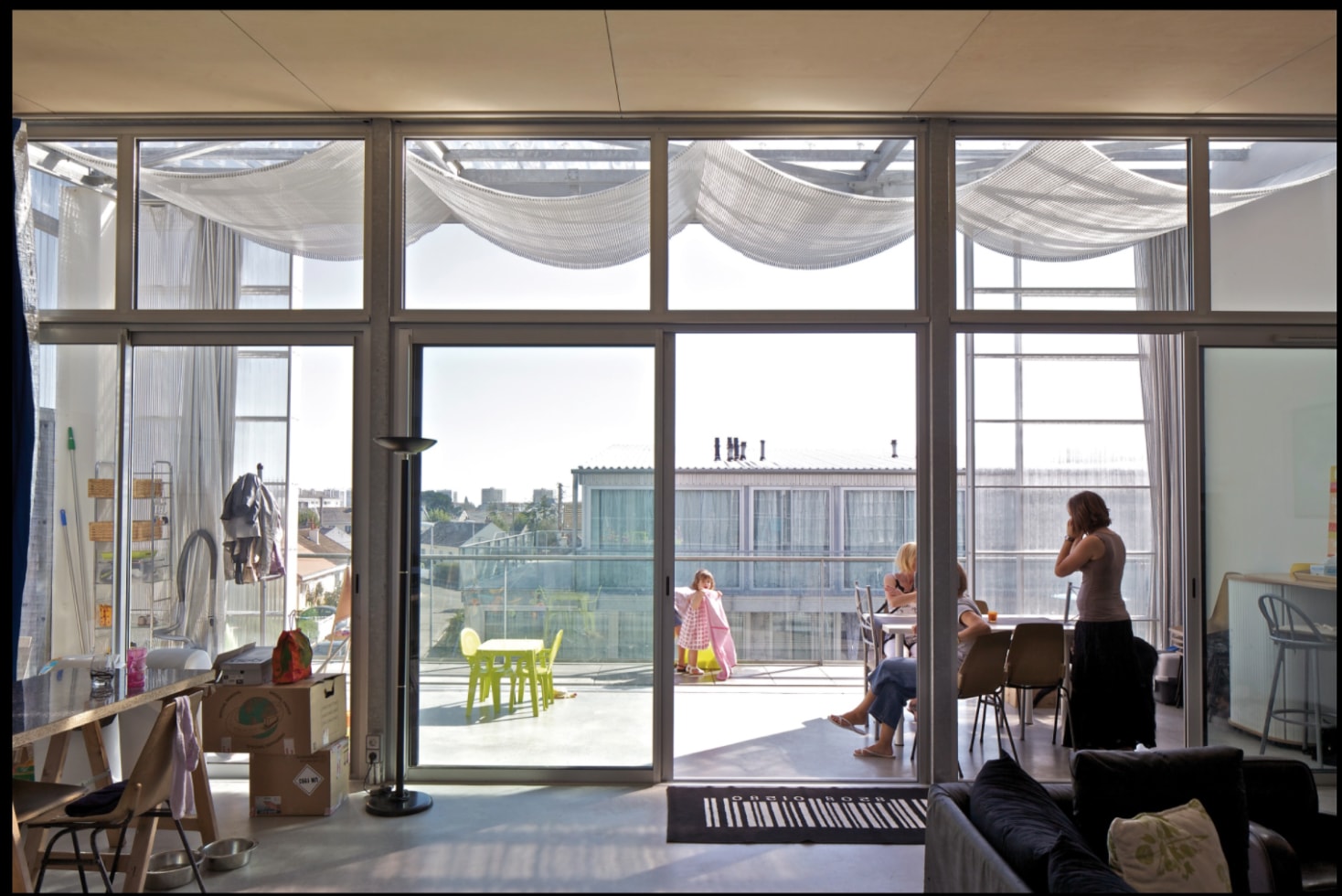
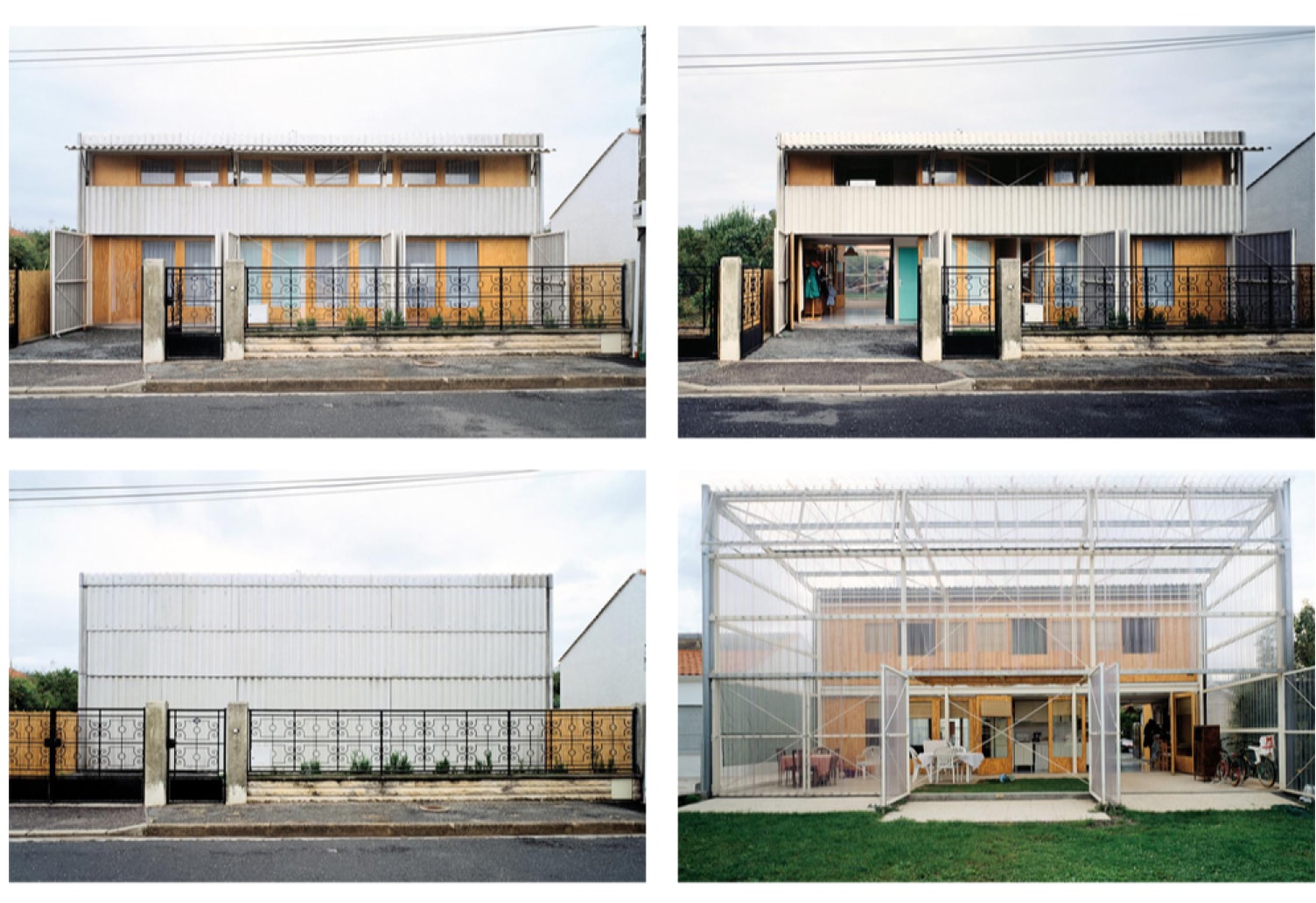
But we do set the rules for how and where housing can be built and this really affects how much housing gets built and what kind.
These rules can help set the framework for fair, livable, and affordable places to live or they can do the opposite.
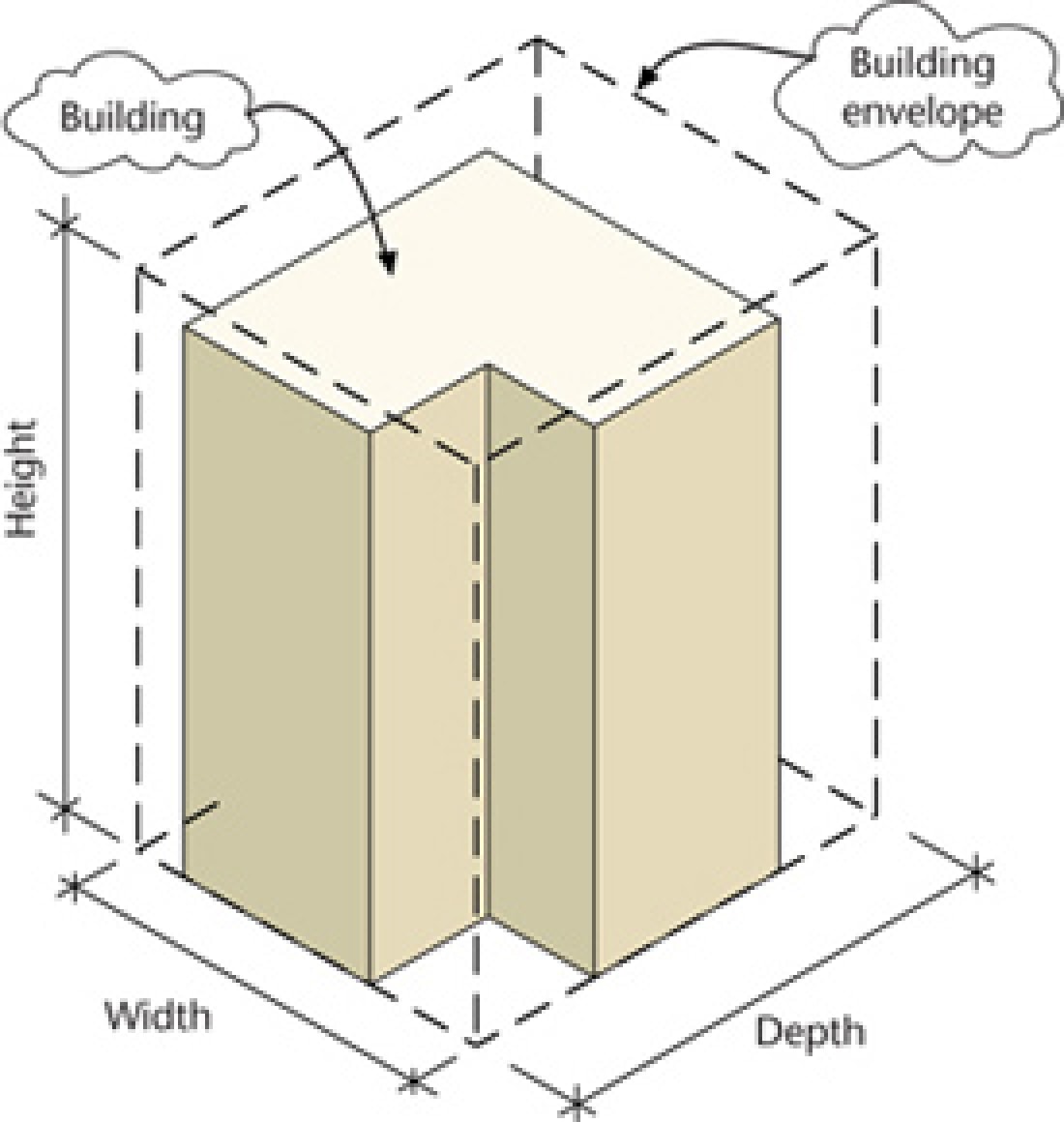
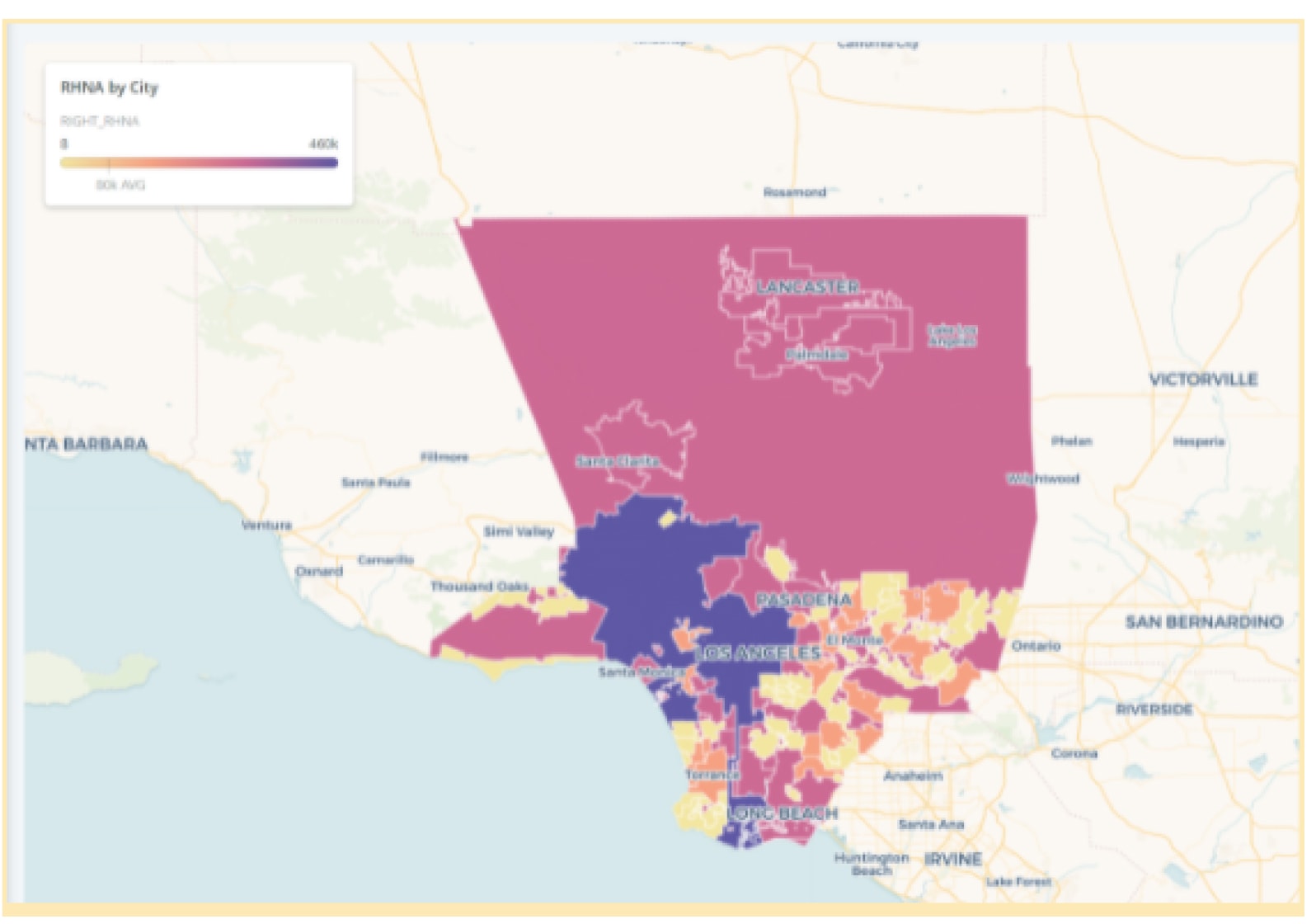
These rules really matter
Racial housing covenants used to let neighborhoods exclude people based on race. When these were made illegal, single family zoning became popular as a way to achieve the same goals.
“R1 (single family zoning) let prices discriminate when laws could not”*
If you make sure that only people who can afford large houses live in your neighborhood, you make sure that your neighborhood is exclusive.
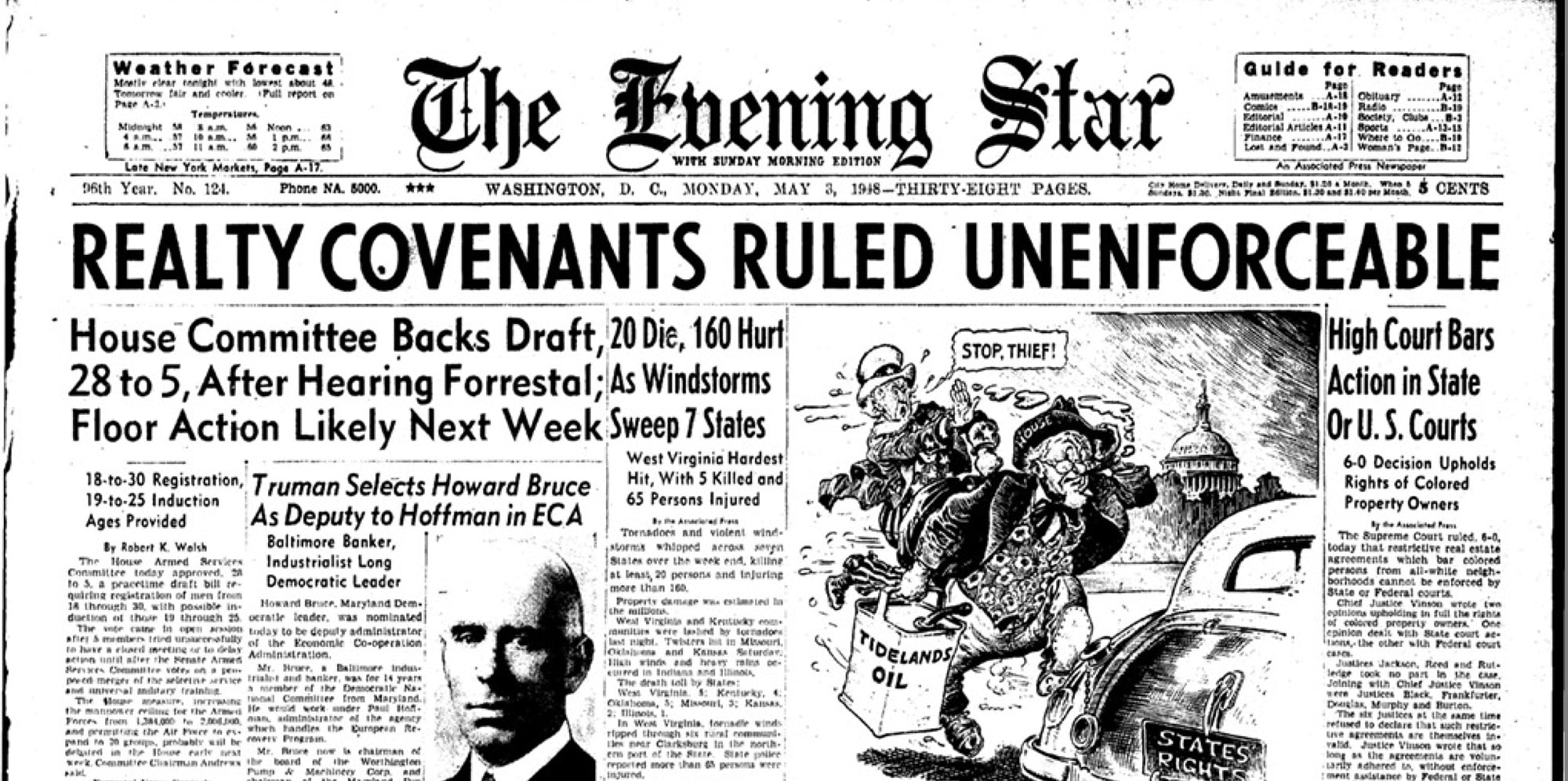
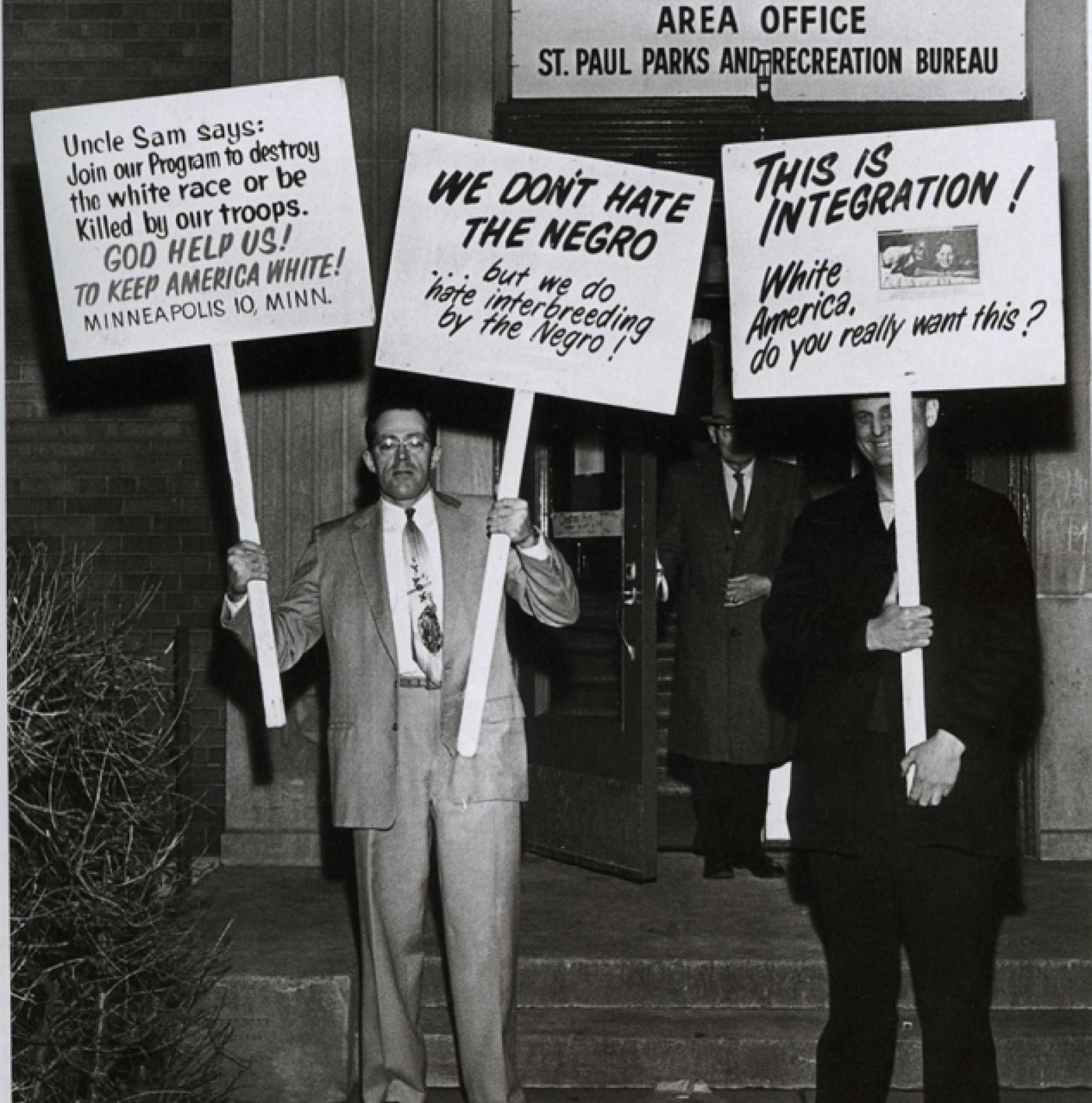
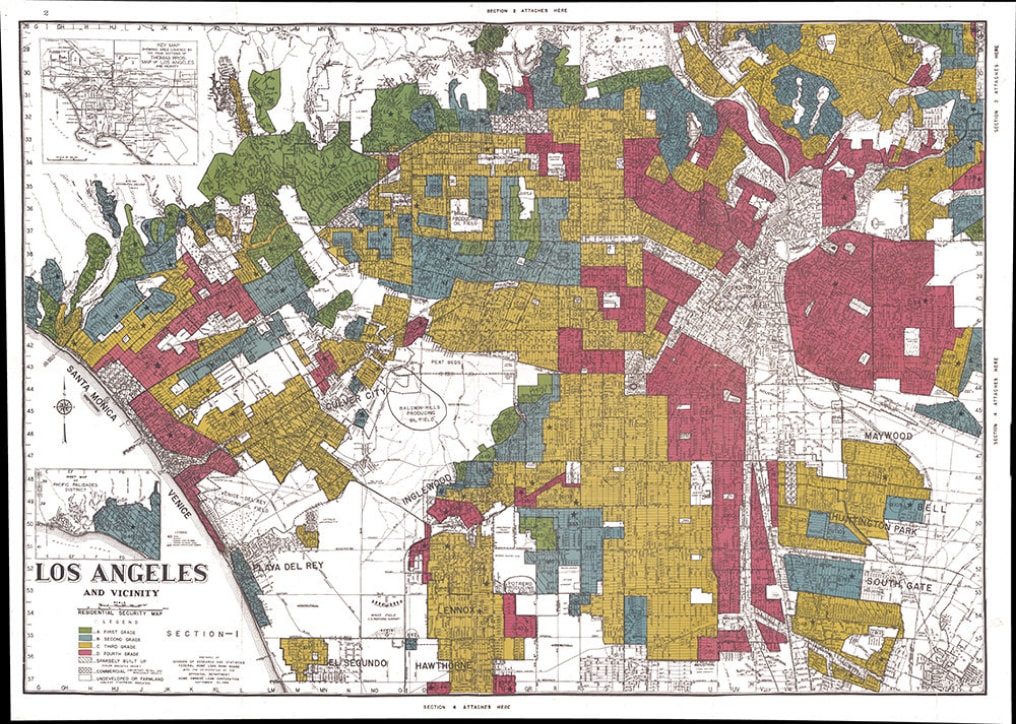
Right now, we have a LOT of single-family homes
Inequitable zoning decisions, such as single family zoning in areas near lots of jobs and services, limits housing options for everyone.
In particular, single family zoning makes it so that NOTHING but single family homes can be built. (approximately 70% of LA County is single family)
There is now so much single-family zoning that there’s not much room for other housing types.
And you might not be getting what you think you are getting
Exclusionary zoning often lessens the quality of life even for people who live in the “exclusive” neighborhood.
Those same neighborhoods aren’t affordable even to some of the people who already live there, their children, or their parents.

If people’s situation changes and they need a different home (divorce, retirement, children moving in, or out) they may have to leave the neighborhood.
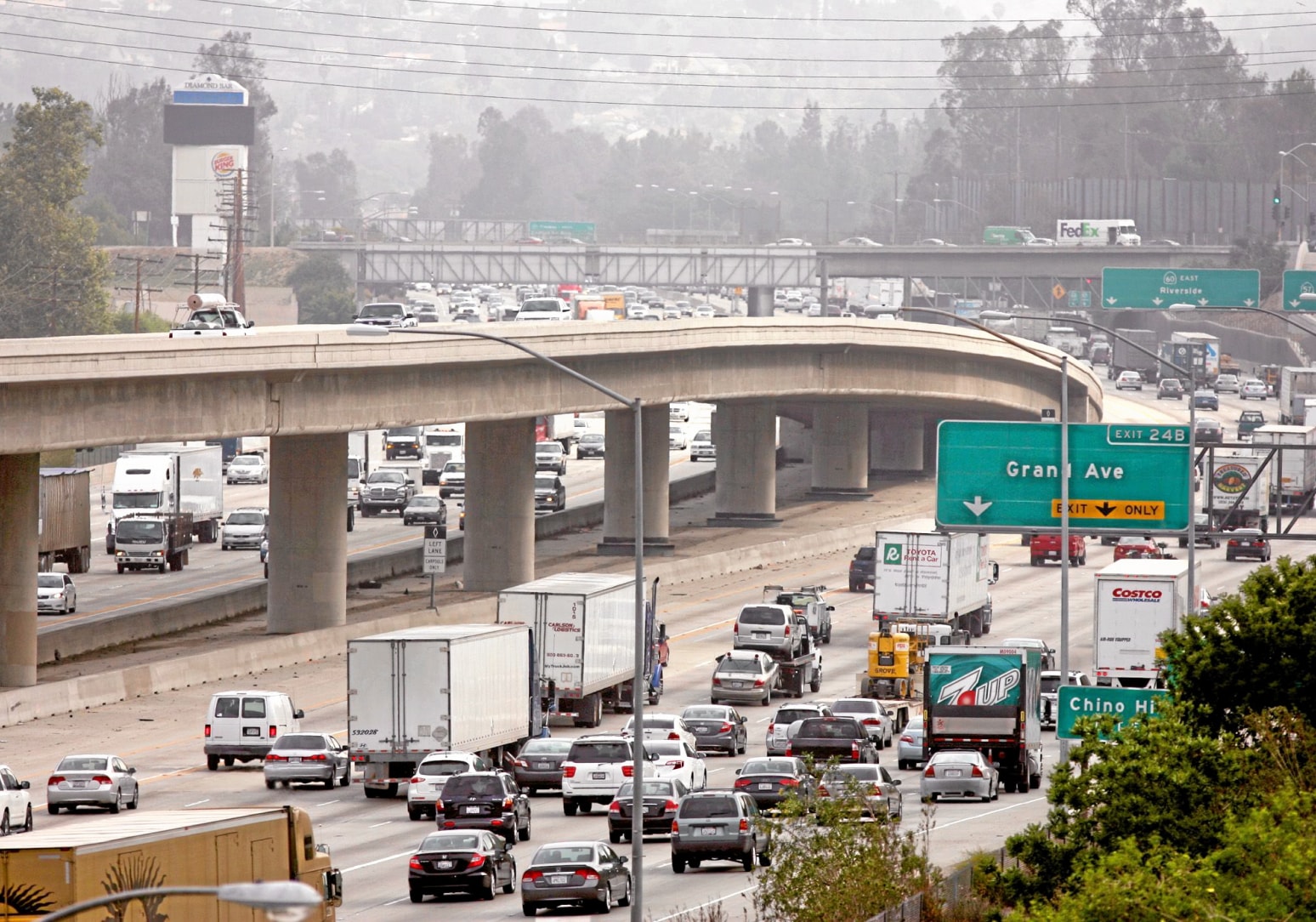
And they live so far from the amenities that a denser neighborhood provides (like shops, schools, jobs, etc) that they spend hours driving to work, school, or shopping.
What else could we be building?
Local governments like the County can encourage developers to build a range of housing choices other than single-family homes just by making it possible to do so.
To get denser you don’t have to build a skyscraper. Even a two-family building is twice as much housing as a single-family home.

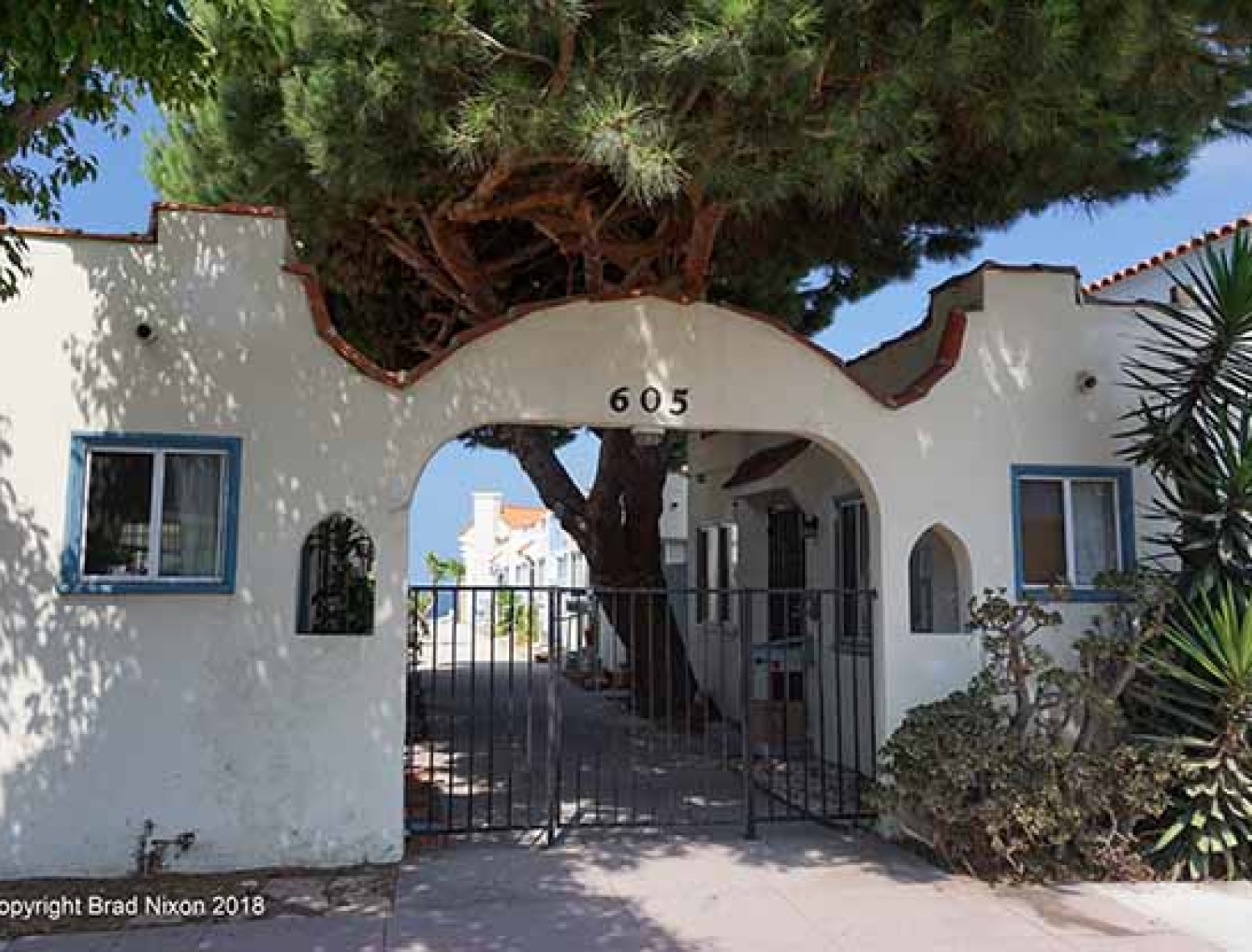



Learn more at our “Big Ideas” Workshops
How does the Housing Element ensure that we can meet our need for housing in unincorporated areas?
Join us at one of five virtual workshops to learn more about the “Big Ideas” of the Housing Element.
Please register here.
Or visit the Housing Update website here:
https://planning.lacounty.gov/housing

Supervisorial District 5 (Foothill Communities)
July 21, 2021, 6:30pm – 7:30pm
Supervisorial District 1
July 28, 2021, 6:30pm – 7:30pm
Supervisorial Districts 3 AND 5
(Rural/North County Communities)
August 4,
2021, 6:30pm – 7:30pm

Supervisorial District 2
August 11, 2021, 6:30pm – 7:30pm
Supervisorial District 4
August 18, 2021, 6:30pm – 7:30pm


